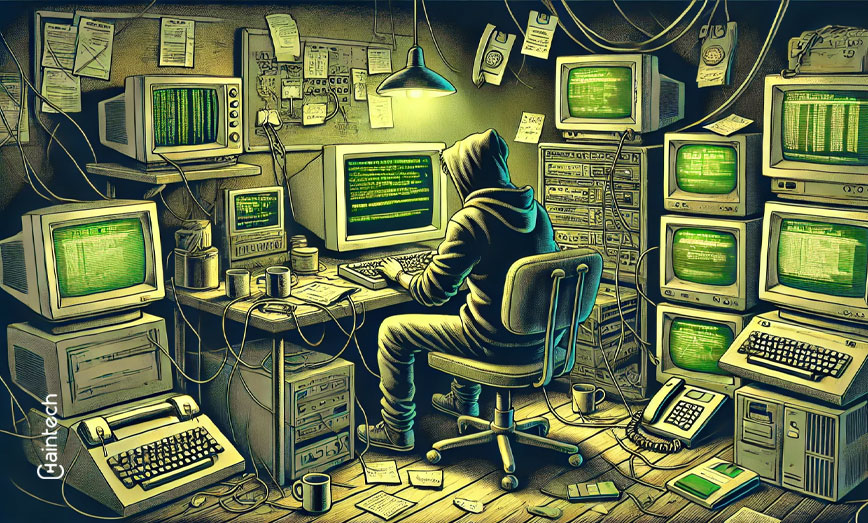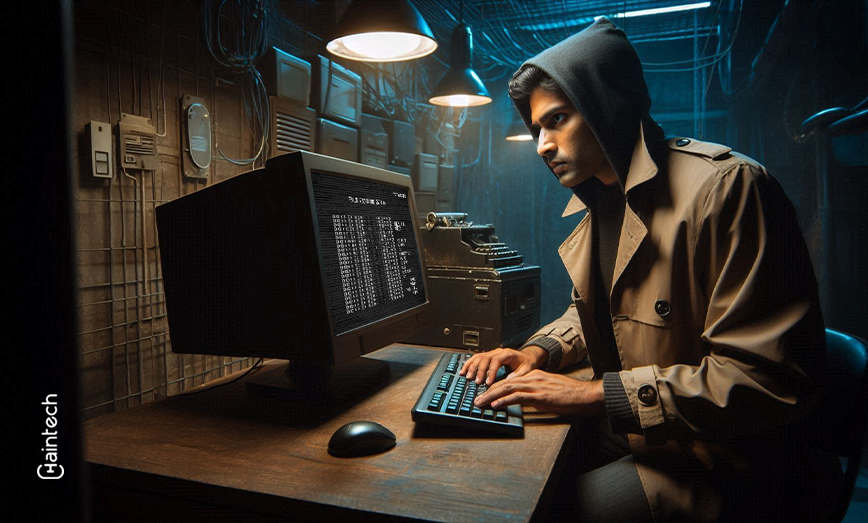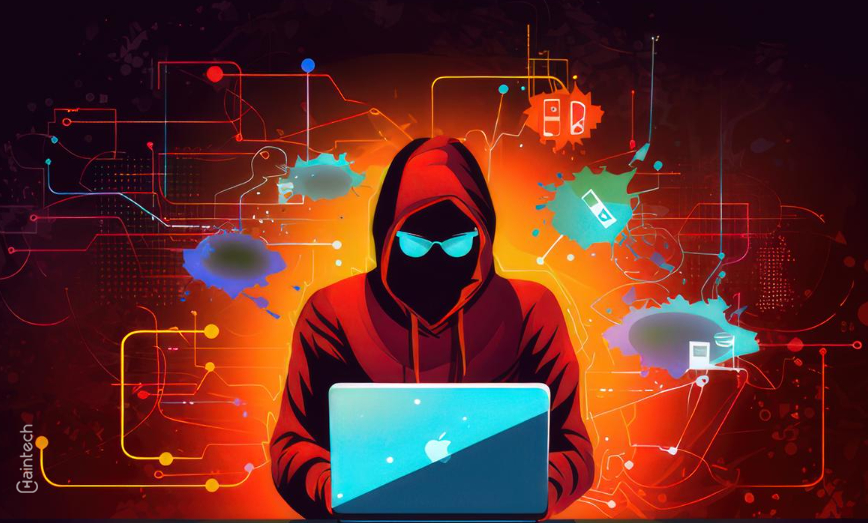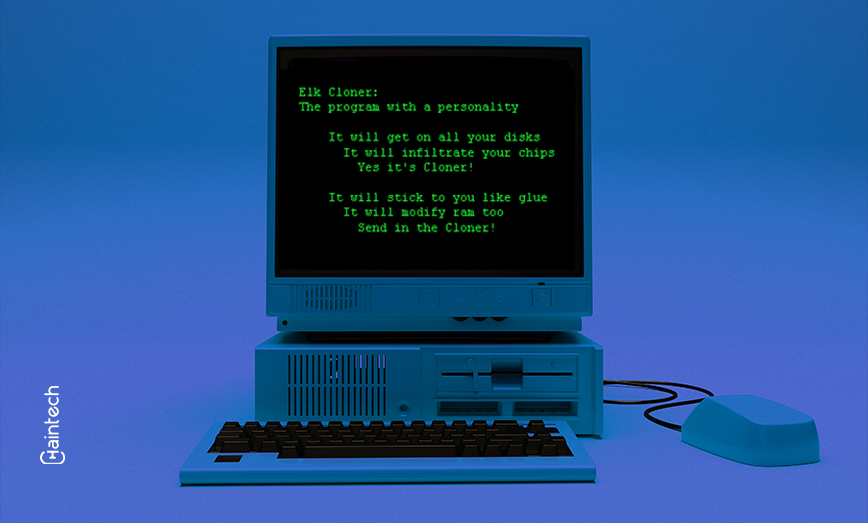Cliff Stoll Role in Uncovering The Cuckoo’s Egg Hacker

Aren’t there many stories about hackers who exploit vulnerabilities in computer systems? These vulnerabilities often create complete havoc in every department due to what others regard as almost nothing more than a typographical mistake. In late October 1990, there was such a story. It happened to Cliff Stoll, who was based at the Lawrence Berkeley National Laboratory. This began after a hacker broke into his computer, downloaded classified military documents, and left a note.
All of this was founded on what seemed to be a mere 75-cent difference. What started as a meager accounting error quickly snowballed into one of the largest cases involving computer crimes in the late twentieth century—the Cuckoo’s Egg incident.
Uncovering Unexpected: From the Cuckoo’s Egg Incident
- It is known that small mistakes can be fruitful. Because of a petty accounting flaw of $75, they managed to discover a fundamental breach in cybersecurity.
- Only a few years before, the World Wide Web was still fresh. It was to make people realize the extent of cyberwarfare that it did.
- It is advisable to be stubborn and never give up. Cliff Stoll became one of the first Americans to catch a Soviet Union spy in America after many years of fruitless watch for this political abomination.
Or so, why don’t you go on and explain how this relatively simple and innocent mistake led to the exposure of a foreign intelligence activity balloon, which is very relevant in today’s world, and what lessons can be learned from it?
How a Small Mistake Contributed to a Major Finding
Back in 1986, Cliff Stoll was an astronomer at Lawrence Berkeley National Laboratory. When it was required of them to probe into the 75-cent round-off, he was pretty certain that there would be nothing that would be worth his time.
One thing led to another, and when he touched the issue, he discovered that there was a fishy behavior with regard to the computer system of the lab. It turned out to be that someone unauthorized had entered the lab computer system, and he was not just a mere hacker.
The hacker, in this case, is Markus Hess, a German computer expert who turned KGB spy. His job? He was trying to break inside the military networks of the USA during the Cold War and absorb secrets. While Hess continued with the stealth runs within the system, all that was required was stomach-churning outrage at Stoll.
The hacker used a DEC VAX system and took advantage of the lab’s connection to the Space Physics Analysis Network (SPAN). This gave him access to military and research networks, including sensitive U.S. military operations. Hess was able to gather intelligence and relay it back to the KGB without being caught—until Cliff Stoll stepped in.
Did you know?
That Markus Hess used dial-up connections to access the Lawrence Berkeley computer system? It’s hard to imagine such a slow connection being used for spying today!
The Cuckoo’s Egg Investigation: How Stoll Tracked the Hacker
Stoll’s investigation was not easy. In those days, cybersecurity was still not what it is now. Tracking down the hackers was next to impossible due to the limited number of tools available, and the only monitoring available was very rudimentary. But Stoll didn’t give up. He spent months tracking Hesse, setting up traps, and analyzing network logs.
Here’s what Stoll did to catch the hacker:
- Analyzed network usage: Stoll noticed that someone was using the system during odd hours, which raised suspicion.
- Set up a decoy system: He created a fake file system to attract the hacker and monitor their activities.
- Tracked network routes: Stoll traced the hacker’s connection through various international servers to identify where the intrusion was coming from.
After working hard for several months, Stoll finally managed to follow the hacker to the one called Markus Hess. With U.S. and German authorities, Hess was captured, and his spy ring was disclosed.
Implications on Cybersecurity: Why Cuckoo’s Egg Incident Is Not Forgotten
The Cuckoo’s Egg incident was a very serious and alarming incident. The fact that the most impenetrable systems were also breakable was made apparent, and so was the need to fortify the systems and processes in question.
Prior to this event, a lot of organizations were lax concerning network security. However, after the incident, there was a radical change in the way the business world and governments viewed computer security.
Lessons from the Cuckoo’s Egg Incident
This wasn’t just a cool hacker chase story. The Cuckoo’s Egg incident exposed major security weaknesses in military and government networks. It also showed how unprepared institutions were for this new kind of threat. Stoll’s work highlighted the need for better cybersecurity protocols, which were almost nonexistent at the time.
Here’s a quick look at the long-term impact of the incident:
| Aspect Impact | Impact |
| National Security | Shown vulnerabilities in military systems, leading to tighter Security protocols |
| Cybersecurity Awareness | Raised awareness about the growing threat of cyber espionage. |
| Intrusion Detection Systems | paved the way for the development of modern tools to detect hacking |
| Global Collaboration. | Highlighted the importance of international cooperation in fighting cybercrime. |
Now let us draw some important chronic cases from Cuckoo’s Egg:
- Looking for Aggregation: A small detail denoted a small 75-cent error that triggered what appears to be a lost security breach.
- Everything can become a weapon this day and age: The incident proved that the people use cyberspace in this case for espionage, and it’s a serious problem.
- Persistent effort pays off: Stoll’s dedication and persistence were key to solving the case.
The hacker’s activities were hidden for months because he carefully deleted log entries after each session.
Lessons for Prevention: What Should We Learn from This Analysis Today?
Such principles and more learned from The Cuckoo’s Egg are still applicable today. Here are some of the key things we’ve learned that can help prevent future cyberattacks:
- Better security measures: The majority of organizations presently implement better intrusion prevention systems to prevent electronic unauthorized access to their networks.
- Access control: A proper user role is critical to restricting a malicious user to certain operations that threaten sensitive information.
- Monitoring the network constantly: Constant attentiveness to network activities helps to nip crime and out-lavishness in the bud.
- Working with police: The Cuckoo’s Egg demonstrated that it is often necessary to involve the police if any cybercriminal activity is to be curtailed.
Unfortunately, due to a lack of management oversight, too few of these are conducted and poorly planned. Frequent revisions to the security policies help in the protection against any attacks; hence, proactive measures are taken.
Educating staff about the threat of cyber security involves constant updating of existing policies and procedures to minimize phishing and other types of enterprises விஜய் and deriving other social engineering efforts.
Expert Insight: Reviewing the Cyberspace from the 1980s and the Trends in Cybersecurity
If we indeed decide to study the past, let us make it our goal to learn from the mistakes made in bygone eras
Seeing the story from the eyes of Andy Greenberg, a senior editor from WIRED magazine, the Cuckoo’s Egg incident can be marked as a turning point in the growth of cybersecurity. The author recalls that be it also the “dark age” of the internet, these, from Hindle’s case criticism, were eventually the steps towards modern cyber protection.
Nonsensically, not forgetting how much ground has been gained on what we term cybersecurity between the 80s and now. “For those who do not know, hacking was done rather differently in those days, especially by people such as Hess, who had to use dial-up modems and very primitive gear,” he notes. “At the present time, these are also a lot more sophisticated, but the fundamentals of tracking and curbing the movements of hackers are the same.”
Espionage Geopolitics: The History of Cyber Espionage during the Once-Bipolar World Order
Hacking into the Cuckoo’s Egg occurred at the peak of the Cold War when America and Russia were competing for modern technology. If Hess was only hacking for financial purposes, he was merely an employee, part of the Soviet KGB’s espionage operation.
In 1982, encouraging, oddly intimidating, and lingering threats like cyber intolerance were unfathomable. Most individuals had not even come close to the understanding that computers could be enlisted in active spying for military arbitration. Yet, the Cuckoo’s Egg proved that computers, and especially the Internet, can be a superhighway of hackers breaking within the most secure of systems that handle and call for confidentiality.
Why The Cuckoo’s Egg Incident Still Matters
At first glance, the incident involving the so-called and unflattering term of the US government as the Cuckoo’s Egg may sound like an ancient medieval story. However, its significance is still grave in this information age. It teaches how even the smallest oversight may lead to the largest breakthrough. It also reminds us to be ever-watchful in cybersecurity.
Cliff Stoll was unyielding, as he always was. As a result, he got what he wanted, and his techniques shaped how people view security even today. Practically, the development of the actual tools and instruments may have changed. However, the essence and anatomy of cyber threat detection and mitigation remain basically the same.
History, therefore, is a good teacher. It provides insights into how to approach things properly moving forward within the network security field.
FAQs
1. What happened in the Cuckoo’s Egg incident?
The Cuckoo’s Egg incident is a computer hacking incident in the 1980s in which a hacker known as Markus Hess hacked US military networks. Cliff Stoll is credited with discovering the breach and netting the criminal
2. Why do they call it a cuckoo’s egg in which something is hidden?
Cliff Stoll got one Cuckoo’s Egg from a Titan Lizard whose young plants are Augustus. He got it correctly for how the hacker had accessed the lab’s network without authorization.
3. Who is Markus Hass?
Markus Hess is a German who was in the KGB as a computer hacker. He was one of the US’s ‘Cold War’ spies who tapped on military networks for spying missions.
4. Which tools did Cliff Stoll use in the pursuit of hacking the hacker?
Using common network surveillance tools and deploying fake systems to parse through the logs manually. During movement across the network, he restored the actions of the cybercriminal.
5. How did the Cuckoo’s Egg incident change the perspective on cybersecurity issues?
The event highlighted some of the aspects of security that are usually ignored. These events resulted in more strict measures on security and greater diligence on the monitoring and protection of networks.









